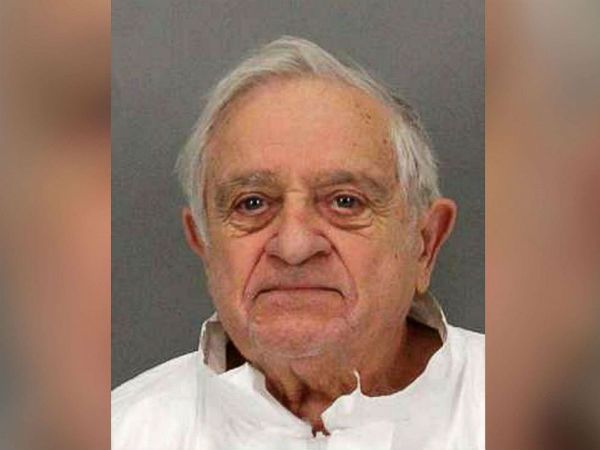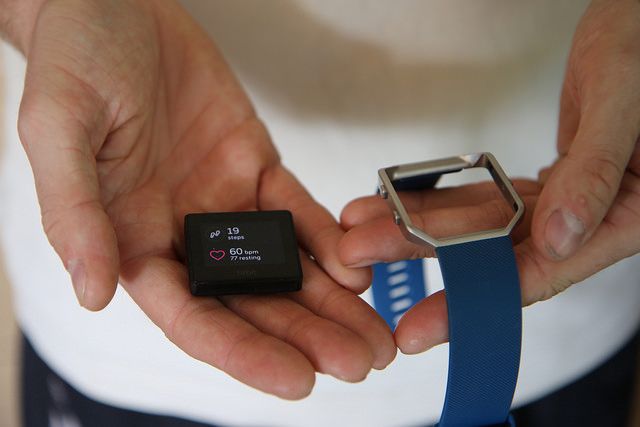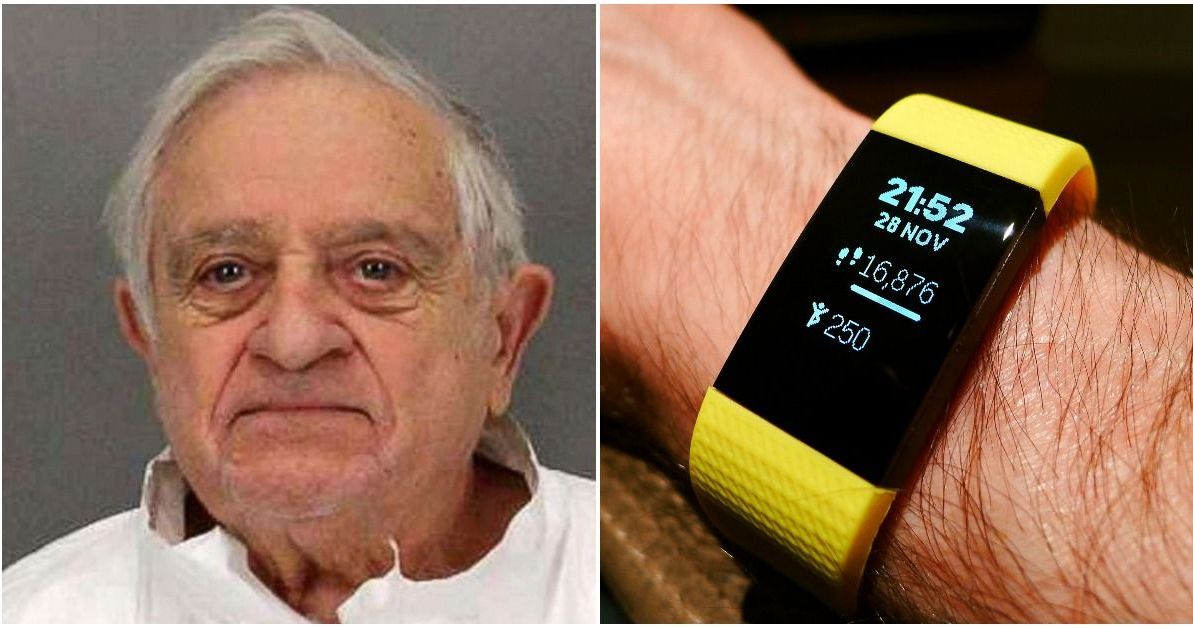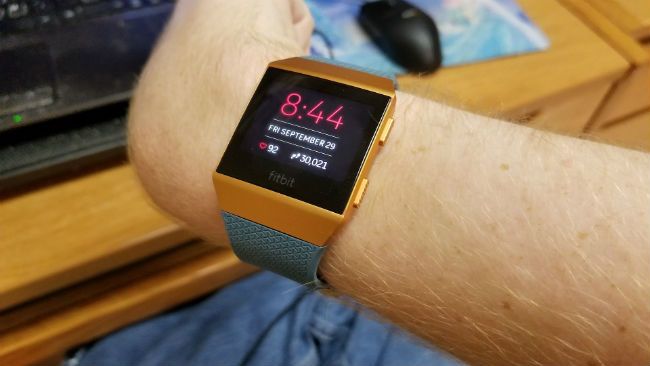Police have arrested a man in connection with his stepdaughter's murder, and say the key piece of evidence came from an unusual source.
In September, police discovered 67-year-old Karen Nevarra dead in her San Jose, California home.
While Nevarra's death seemed like a suicide at first, police now say her Fitbit tracking device helped identify the real culprit in this bizarre case.
A Secret Witness
After Nevarra, who was described as a "recluse," failed to show up for work last month, police performed a welfare check at her home.
They discovered Nevarra's body, which had deep cuts on her neck and head, and a kitchen knife in her hand.
But a medical examination found that it would have been impossible for Nevarra to leave the deep lacerations on her own body. Police believed someone else had disguised her murder as a suicide.
The last person to see Nevarra alive, her stepfather Anthony Aiello, 90, said she was in good health when he dropped off a pizza at her home days before her body was discovered.

But Aiello did remember later seeing Nevarra drive away from her home with a suspicious second person in her passenger seat.
Nearby surveillance footage poked holes in the story - Nevarra had never driven by - but the big break in her case eventually came from Nevarra's own Fitbit.
The high tech fitness accessory tracks a person's footsteps, location, and even their heart rate.
And data from Nevarra's Fitbit revealed her heart rate had spiked dramatically on the date of Aiello's visit, before slowing down quickly.
Eight minutes after the spike, the device no longer registered a heart rate from Nevarra.
Detective Fitbit On The Case
The time from Nevarra's Fitbit and security footage from Aiello's car seemed to prove he was visiting his stepdaughter at the time of her death.

Aiello was charged with murdering Nevarra, but refused to change his story until detectives mentioned her Fitbit, and explained everything it could do.
Police also found bloody clothes in Aiello's hamper, but he still pleaded not guilty at a court appearance this month.
It may sound like science fiction, but as cutting edge tracking devices like Fitbits become more common, police are increasingly using the information they record to solve cases.
When Iowa college student Mollie Tibbetts went missing, investigators reportedly used her Fitbit and social media data to retrace her steps.

But old fashioned police work was eventually used in the arrest of Tibbett's alleged killer, not high tech data.
Police say a telltale Fitbit also helped to catch alleged killer Richard Dabate.
The Connecticut man was arrested in 2015 after his own Fitbit data did not match up with the alibi Dabate offered for his wife's murder. Dabate has since pleaded not guilty.
On the other hand, a Wisconsin man was saved by his Fitbit after it backed up his alibi for the disposal of his then-girlfriend's body.
Doug Detrie had been accused by another man of holding him at gunpoint while they disposed of the body. Police were able to compare crucial times and dates to Detrie's Fitbit, and discovered he was asleep at the time of the crime.
That case also revealed a surprising detail: while a Fitbit breaks its user's activity into chunks of 15 minutes or so, the company can provide minute-by-minute data if subpoenaed by a law enforcement agency.
So any would-be crooks should take that as a warning. Even when nobody is watching, your Fitbit has its eye on you.



